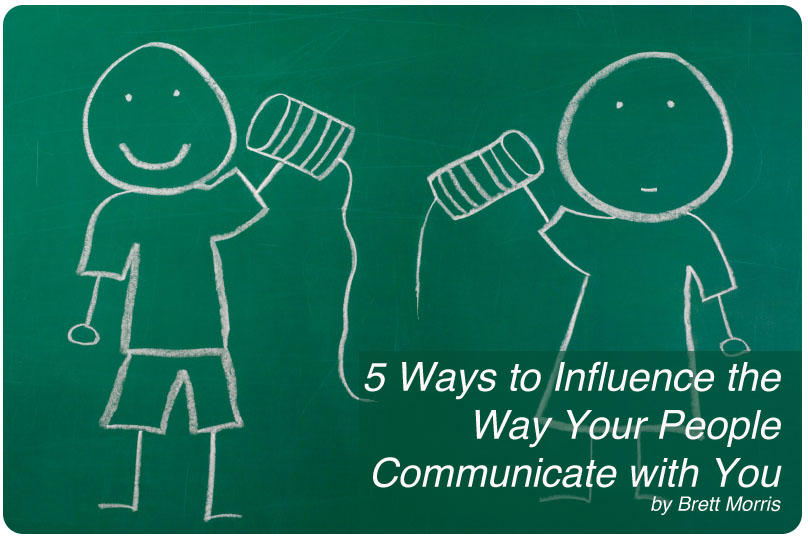Posted on November 22, 2012 by Cynthia Gunsinger
You are the head of your organization.
Only you understand the gravity of the challenges you face. An effective leader is defined as a successful strategist with a loyal and intelligent following. However, success no longer depends on the old model of simply following a charismatic leader. Business relies on how effective this leader will be in shaping the culture of her enterprise.
A large part of that culture is made up of what people believe about their contribution to the bottom line. You: the one at the top needs to know what that is.

But how do you get that information?
Here are five ways to promote a culture of communication that encourages and protects honest feedback.
1. “Listen For†where you have been “Listening Againstâ€Â
When your people talk to you are you listening for contribution, or are you listening for whether or not you agree? Get curious and interested in what’s being communicated. You will have plenty of time later to pass judgment on what you hear and observe. Until then, practice receiving the message as something new. What you get may surprise you.
Often the value is far beyond YOU getting information. YOUR LISTENING can actually provide more for the speaker than for you. Your people may even start to experience that “open door policy†you’ve been touting about while you get to learn something new about them!
2. Acknowledge and Appreciate:
Acknowledgment and appreciation are critical in relating to your direct reports and this can be done more effectively and authentically than patting someone on the back just for doing their job.
Try some humility.
Ask advice on a pertinent issue. Your people will love it and respond with loyalty and the experience of being part of something that matters. This kind of appreciation can become an effortless habit, and strengthens the bond between you and the people you depend on.
3. Cultivate Trust:
There are two kinds of people. There are those who trust people automatically and those who make people earn it. Which one are you? Let your people know which camp you stand in!
The next step would be for everyone in your inner circle to do the same, unearthing valuable information on how to relate to each other.
Cultivating trust make good business sense because when trust goes up, profits go up, and problems go down.
4. Model Partnership:
“A leader leads by example, whether he intends to or not.â€Â-An apt quote attributed to Steve Jobs, John Quincy Adams and others.
In business as in life, there are problems. There are wins and losses, successes and defeats. How we recover and move through these challenges says everything about the kind of leader we are. Taking the high road does not mean letting it go, it means taking accountability and restoring partnerships where they are missing. No blaming or complaining.
Model this practice consistently and you’ll soon have committed partners eager to jump for you.
5. Attract Alignment to Your Decisions
As the head of your organization the buck stops with you. It makes sense that you will have to make some tough choices that are pivotal for employees, shareholders and customers. In most cases, the tougher the decision, the tougher it is to get alignment.
HOW you make the decision is equally as important as the decision itself. You can plant the seeds of buy-in when you identify what type of decision you are making. This goes a long way to achieving alignment and takes very little effort:
TYPE 1: Decisions requiring immediate executive action with no input
TYPE 2: Decisions that could benefit from the suggestions of others
TYPE 3: Decisions that could actually be up for a vote
Identifying these in advance and informing those who are affected will produce the alignment, emotional connection and allegiance to build a high performance organization.
By getting curious first, appreciating and acknowledging your people, cultivating trust, modelling positive partnerships, and attracting buy-in to your decisions, you will be astounded at how much information you will collect and the change in the relationship between you and your people.

